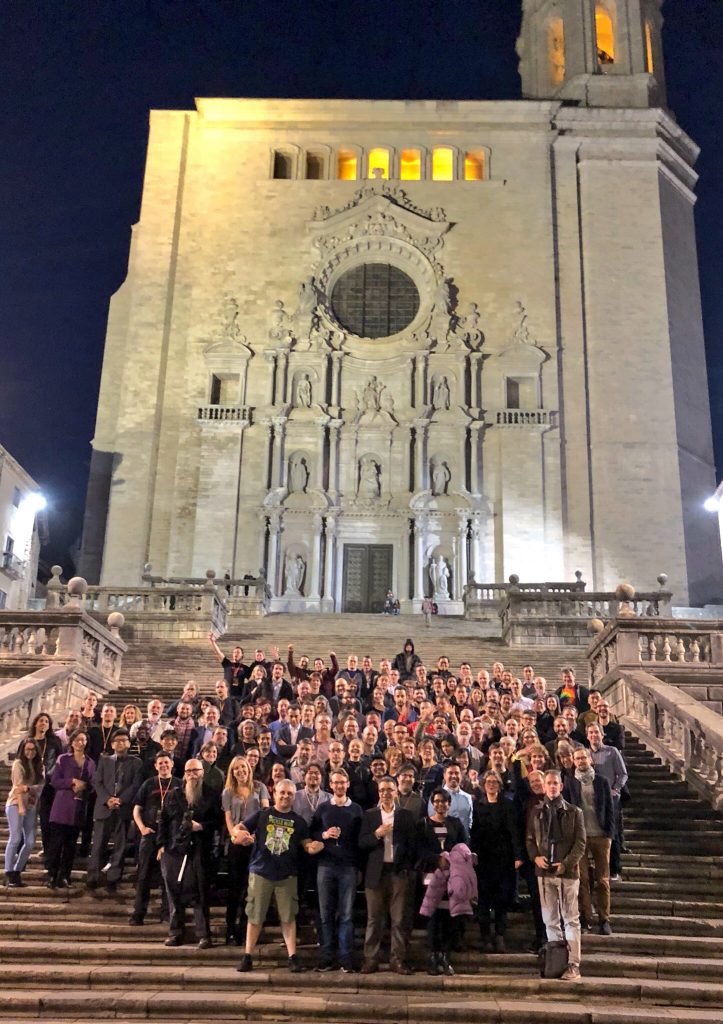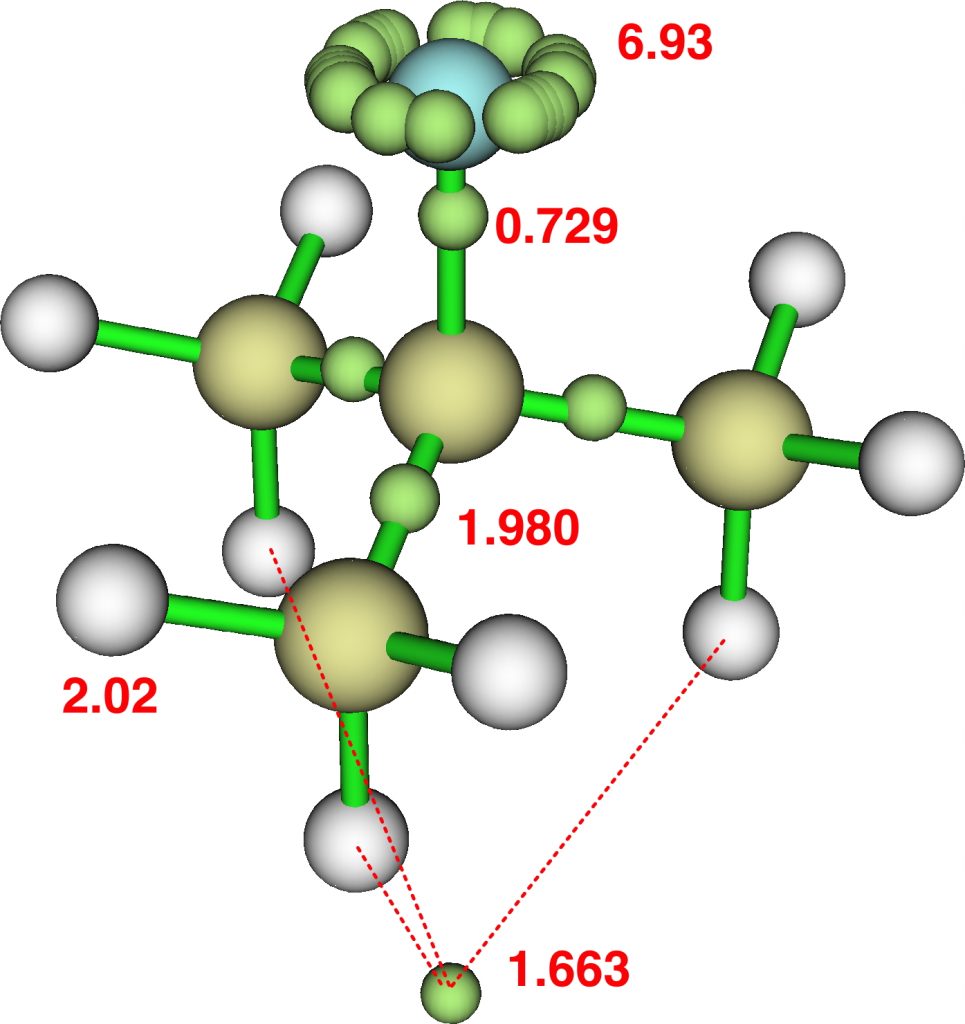C&EN has again run a vote for the 2017 Molecules of the year. Here I take a look not just at these molecules, but at how FAIR (Findable, Accessible, Interoperable and Reusable) the data associated with these molecules actually is.
A bond index (BI) approximately measures the totals of the bond orders at any given atom in a molecule. Here I ponder what the maximum values might be for elements with filled valence shells.
Another post inspired by a comment on an earlier one; I had been discussing compounds of the type I.In (n=4,6) as possible candidates for hypervalency. The comment suggests the below as a similar analogue, deriving from observations made in 1989.
A little while ago I pondered allotropic bromine, or Br(Br)3. But this is a far wackier report of a molecule of light.

Last year, this article attracted a lot of attention as the first example of molecular helium in the form of Na2He.
Last year, I showed photos of wildflower meadows in west London close to where we live, evolving as the seasons changed. Today we hear the announcement that London itself is set be declared the world’s first National Park City in 2019.
The topic of open citations was presented at the PIDapalooza conference and represents a third component in the increasing corpus of open scientific information.

Another occasional conference report (day 1). So why is one about “persistent identifiers” important, and particularly to the chemistry domain?
I don’t normally write about the pharmaceutical industry, but I was intrigued by several posts by Derek Lowe (who does cover this area) on the topic of creating new drugs by deuterating existing ones. Thus he covered the first deuterated drug receiving FDA approval last year, having first reviewed the concept back in 2009.

I discussed the molecule the molecule CH 3 F 2- a while back.
The title here is from an article on metalenses which caught my eye.